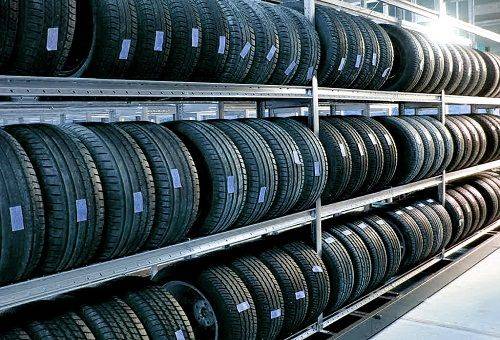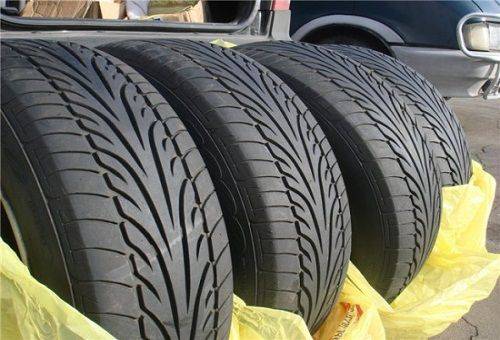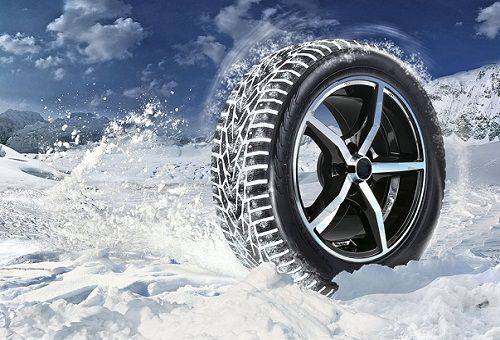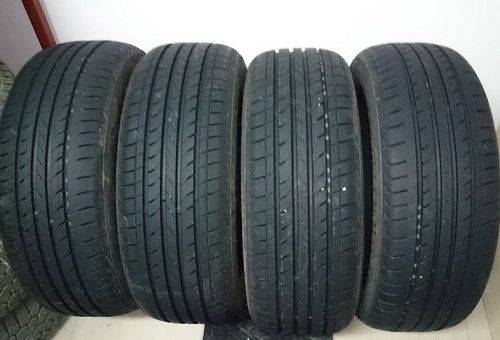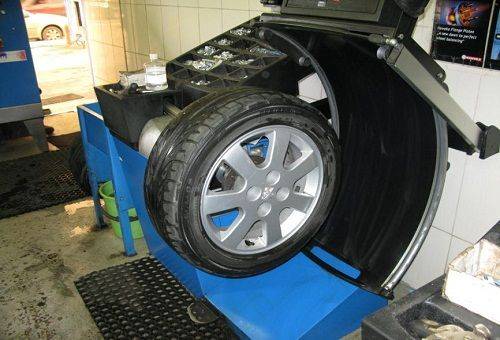How to properly store winter and summer tires
Twice a year - in autumn and spring, car owners change tires. How to properly organize the storage of tires so that they last for several seasons up to the maximum permitted tread wear? Purchasing a new set of “shoes” for a car is quite expensive, so it is important to know how to properly store wheels removed for a long period. Summer and winter tires should be stored differently. But there are a number of standards that are mandatory for both types of tires.
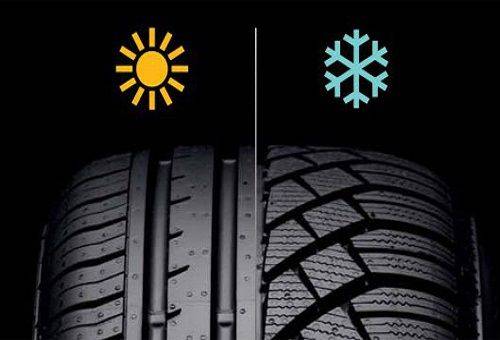
General rules for storing tires
Car tires are made of rubber, although it is very durable. When organizing a place for long-term storage of wheels, first of all, you need to take into account what can cause negative consequences for them.
- Tires do not withstand prolonged exposure to ultraviolet radiation. Constant exposure of tires to sunlight causes them to dry out. Microcracks that are invisible to the naked eye form in them. This ages the rubber and can lead to tearing while driving. Therefore, storing wheels in the open air or in light sheds is only possible for a short period of time - no more than a month. For the same reason, you should not store both winter and summer tires on an open balcony. As a last resort, the tires should be covered with opaque material.
- The temperature range that modern tires can withstand is quite wide. According to GOST, temperature fluctuations during storage of these products are allowed from +35°C to -30°C.But it is better if the wheels are not subjected to the maximum permissible values. Tires should not be stored near heating appliances in cold weather. Wheels can only be stored in a metal garage in winter.
- It is necessary to avoid contact with tires of various chemically active substances (acids, solvents, gasoline, alkalis, oils, etc.), as well as their vapors. It is not advisable for tires to be in contact with corrosive metals and copper for a long time.
- When placing car tires in long-term storage, they must not be allowed to undergo any kind of deformation (spotting, bending, compression). It is impossible to completely level out the dents formed on the tires by pumping or even driving; such tires will have to be replaced.
After removing the wheels from the car, it is advisable to mark them, indicating their location, for example, right front (RF) or left rear (LR). This will help in the future to install the wheels in the same places. And if the tread wear is uneven, it is advisable to swap the car tires according to the criss-cross principle.
Storing summer tires
Summer tires are designed for use in the warm season. It tolerates high temperatures well, but in the cold it becomes hard and brittle. In northern regions, where winter temperatures drop below minus 40 degrees, summer tires may crack and become unsuitable for further use. So, how to properly store tires that are dismantled in the fall?
- It is optimal to place summer tires in a warm room for the winter. If this is not possible, then you can store it in the garage or at the dacha. You can use a dry basement, where the temperature, even in severe frosts, does not fall below 0°.
- Before storing wheels, they must be washed and dried.
- It is best to store summer tires on rims while inflated. What pressure should be in the tires - opinions differ. In reality, 1-1.5 Atm is quite enough. The main thing is that they are not subject to deformation during storage.
- When storing wheels on disks, they are either placed on a flat surface in a stack - one on top of the other (but no more than 4 pieces in each) or suspended by sliding them through the central hole in the disk onto a metal pipe (rod) or special hooks.
- If summer tires are stored without rims, then they should be installed in a strictly vertical position, so that the tires are not pinched from the sides. Tires installed in this way must be rotated periodically (every three to four weeks) by 25 to 30 degrees. This will avoid deformation and maintain balance.
You cannot install summer tires on racks consisting of thin pins or corners, as this can cause irreversible deformation on them.
- It is better to cover or cover tires during storage so that dust or debris cannot get inside.
Storing winter tires
Winter tires are stored similarly to summer tires. But it should be borne in mind that such tires are softer. Therefore, it is advisable to store them on disks. Under no circumstances should wheels be left in the sun for a long time, and not only because winter tires do not tolerate ultraviolet radiation. When heated above +50 degrees they will become unusable. For the same reason, wheels used in winter should not be stored in metal warehouses, garages or boxes. In the sun, such storage facilities heat up to very high temperatures.
Brick and concrete garages, dry basements and any other dry premises are ideal for storing tires.
If winter tires are removed from the rims, they must be rotated regularly during storage (only in an upright position). Considering that it is much softer than the summer one, you need to turn it a little more often, about once every two to three weeks. Under no circumstances should tires be stored lying down or hanging. This will inevitably lead to irreversible deformation.
When stored on disks while inflated, the wheels are placed on a flat surface in a stack or hung in the same way as summer ones. It is advisable to reduce the pressure somewhat so that the tires do not inflate, but you cannot deflate the air completely, since the side surfaces will be deformed when stored in a stack.
It is clear that before storing, the wheels should be cleaned of dirt and washed.
What should you pay attention to when installing tires on a car after storage?
Having figured out how to store wheels in the off-season, it doesn’t hurt to find out how to properly start using tires after long-term storage. When removing wheels from storage, you should inspect them very carefully for damage and wear. If uneven wear on the wheels is detected, they should be swapped. In this case, it is also advisable to check and adjust the wheel alignment.
The tread depth should be measured, and if this value is close to the minimum, you should plan to purchase new tires.
It is highly advisable to have your wheels balanced annually. Unbalanced tires can be one of the reasons for uneven tread wear. In addition, imbalance leads to premature wear of suspension parts.
You should pay attention to the time that has passed since the tires were manufactured. Even if the tires have been used little and look good in appearance and have normal treads, they should still be replaced with new ones after 6-7 years. Over time, rubber loses its physical and chemical properties, which seriously reduces safety while traveling.
You can determine the age of tires by the markings on the side of the wheels. The DOT number determines the production date. The first two digits are the number of weeks since the beginning of the year, the second two are the year of manufacture. So 1114 means that the tire was manufactured in week 11 (March) of 2014.
By following these simple rules, you can keep the “shoes” for your car intact for a number of seasons and ensure comfortable and safe trips.
